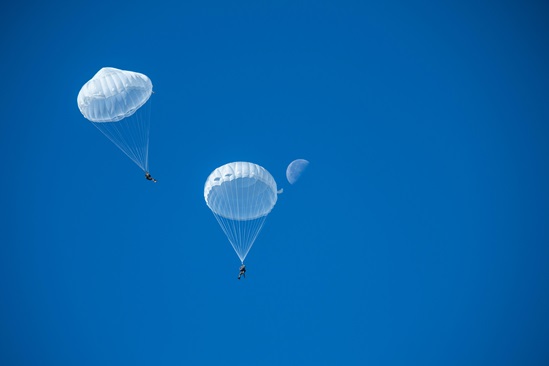ZeroAvia bets on hydrogen
Start-up develops fossil fuel alternative
As the world slowly progresses away from fossil fuels, the race is on to determine what will replace them. While much of the focus thus far has been on battery-powered electric aircraft, a new company is betting that hydrogen will be the way forward.
ZeroAvia, a California-based startup with leadership from the electric car charging industry, has developed a system that it says will reduce costs for small regional airlines by 50 percent. Its plan is to swap fuel tanks for hydrogen tanks and jet engines for electrics. By replicating the power and performance found in a Pratt & Whitney PT-6, the company thinks it can appeal to airlines with around 19 seats that fly less than 500 miles.
The company came out as a surprise a few months ago, when it began publicly flying a Piper Malibu test bed. They were able to package the motor and fuel cell stacks in the space available in the cowling and front baggage area. So far Miftakhov said they have around 10 test flights on the aircraft, with longer distance flights planned in the near future.
Hydrogen power shows promise for its abundance, low cost, and zero emissions. Liquefied or compressed gas is stored in on-board tanks, and can be refueled in something more akin to a traditional fueling setup. The fuel passes through fuel cells, which convert it to electricity, which then powers an electric motor.
One of the challenges of hydrogen is the added weight and storage considerations. Although ZeroAvia is confident about the safety rating of today’s tanks, hydrogen weighs more than an equivalent amount of energy from jet fuel. Despite that, ZeroAvia thinks the improved efficiency and point-to-point routes will make up for an initial loss of range.
Whether electric or hydrogen, a major impediment to progress is ground infrastructure. The hydrogen must be either liquified or compressed gas, and each has different storage methods from fossil fuels. To get around this problem, and many others that might make potential operators skittish, ZeroAvia has come up with a novel business plan. By working with fueling partners, hardware suppliers, and avionics companies, the company plans to offer an entire turn-key solution paid for on a per-hour basis. An airline would accept the conversion, and then ZeroAvia would work with partners to build the fueling infrastructure, perform the aircraft conversion, and pay for maintenance. The airline would pay only a per-hour flight fee. “The cost of fuel is four times lower than a small operator would pay for jet fuel,” Miftakhov said. “We already know that at a relatively small airport you can achieve the numbers we’re talking about.”
ZeroAvia chose compressed gas in part for what it hopes will be an easier FAA certification path. It’s what the 15,000 or so hydrogen fuel cell vehicles use on the road today. The company hopes to be ready to come to market in the next three years.





